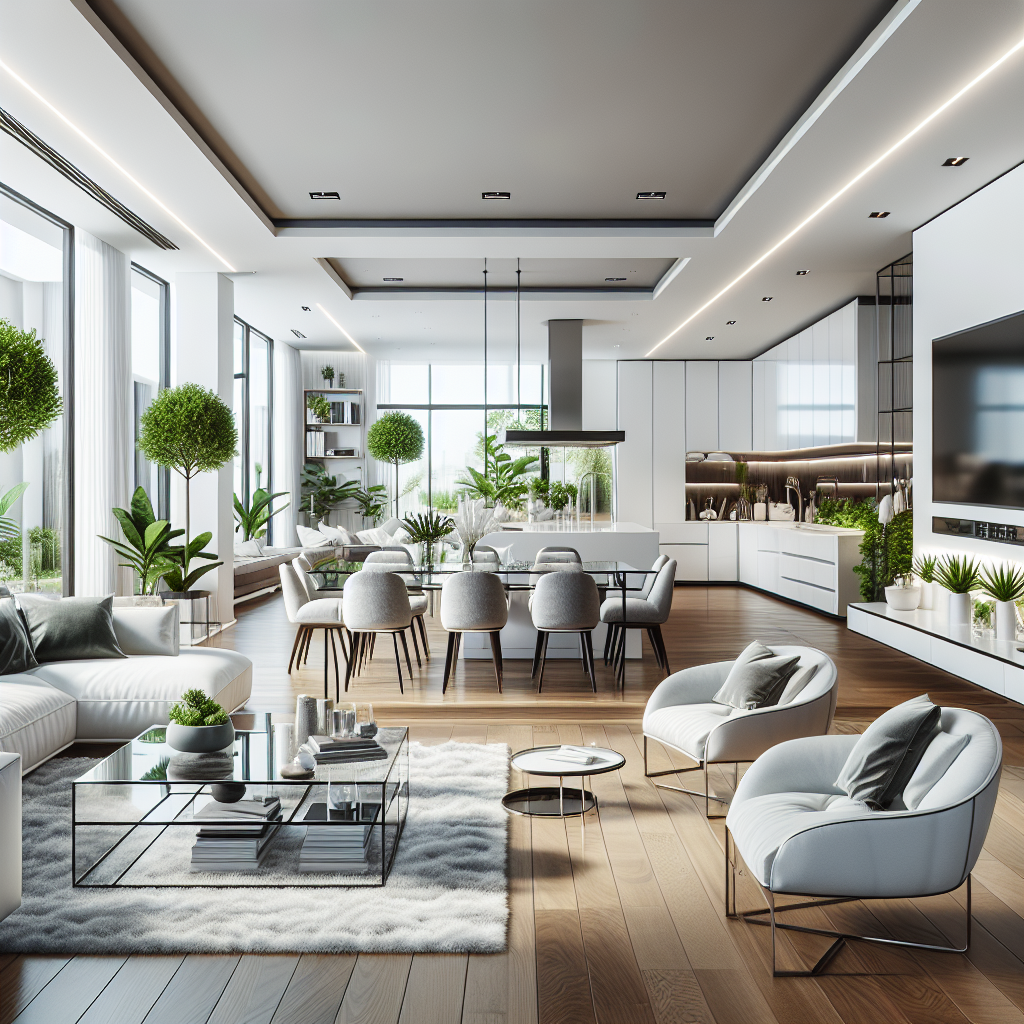Interior Design: Transforming Spaces, Enhancing Lives
In a world increasingly driven by visual content, businesses and individuals alike need to understand the essential role that interior design plays in expressing identity, creating ambience, and enhancing overall quality of life. Dubbed as the art and science of enhancing a building’s interiors, interior design isn’t just about aesthetics—it is about finding creative design solutions for interior environments while supporting the health, safety, and wellbeing of occupants and improving their life experiences.
The Allure of Interior Design
At its core, interior design is a sensory experience aimed at creating harmonious and functional spaces that resonate with the individuals who occupy them. It involves the strategic use of elements like color, lighting, materials, furniture, and decor to create visually appealing and inspiring spaces. Interior design shifts with societal values and trends, so it continually transforms and evolves while retaining its core principle—improving the functionality and aesthetic appeal of any space.
The Role of an Interior Designer
The main task of an interior designer is to create a balance between style and function. They understand the broader architectural context, interpret the clients’ visions, and translate them into a design that adds value to their lives. Designers aren’t just creatives; they are problem solvers who must constantly adapt to new challenges, innovative materials, and technologies while ensuring that their designs adhere to safety standards and building regulations.
They create comprehensive plans and use advanced 3D software to visualize and modify spaces before construction or renovation begins. Practical matters such as construction code compliance, maintenance, and wear and tear issues must also be considered by the designer.
Importance of Personalized Design
Every individual or business has unique needs and aesthetic preferences. Many of today’s interior designers, therefore, focus on creating personalized designs that reflect the personality or brand of their clients. Whether it’s choosing a specific color palette that encourages productivity in an office, or selecting furniture that complements the architectural features of a historic home, a designer ensures that every aspect of the design is custom-tailored to their client’s individual taste, lifestyle, or brand image.
Emerging Trends in Interior Design
Sustainability is a central theme in today’s interior design industry. More people are demanding designs that not only look beautiful but are also environmentally friendly. The use of renewable materials, energy-efficient appliances, and green construction methods have become more prevalent.
Minimalism also continues to be a significant trend, with simple lines, natural light, and functional furniture taking center stage. Additionally, with the upsurge of remote work, interior design is increasingly focusing on home office designs that are both productive and creatively stimulating.
Final Thoughts
Interior design is more than just beautifying spaces—it’s about improving lives and experiences. As designers, our mission is to create spaces that are as functional and efficient as they are beautiful, and that reflect the unique personalities and lifestyles of the clients we serve. Whether it’s a tiny apartment or a sprawling villa, a successful interior design marries aesthetics and functionality, turning an empty space into a vibrant place for living, working, and playing.

